detail profile werner dissel

Werner Dissel
Вернер Диссель
atau dikenal sebagai
Riwayat Hidup
Werner Friedrich Dissel (26 August 1912 – 22 January 2003) was a German actor, director, and resistance fighter against the Nazi regime.
Dissel's began working as a newspaper photographer in the late 1920s.
After the Nazis' rise to power, he became a member of an antifascist group headed by Harro Schulze-Boysen, and was involved in the resistance newspaper Wille zum Reich.
Dissel was caught and imprisoned from 1937 to 1939.
During his time in prison, the Gestapo arranged for Boysen to visit him, in the hope that something incriminating would be said while the two would be left alone in a tapped room; Boysen passed a cigarette pack to Dissel, on which he wrote that the police had no concrete evidence against him.
After his release, Boysen convinced him to volunteer into the Wehrmacht, so he could "destroy Hitler's army from within".
Dissel joined the armed forces shortly before the German Invasion of Poland, and served in a military meteorology unit.
At 1942, he barely avoided an arrest during the Gestapo's crackdown on the Red Orchestra.
After the war, he openly joined the KPD and decided to pursue his old dream to become an actor.
Dissel joined a cabaret in Wiesbaden, and in 1950 emigrated to East Germany.
There he appeared in numerous plays, TV shows and movies.
He worked with the Berliner Ensemble, DEFA and DFF.
He continued his acting career after the reunification.
In total, he appeared in more than a hundred film and television productions.
He received the Art Prize of the German Democratic Republic at a collective awarding in October 1986.
Source: Article "Werner Dissel" from Wikipedia in English, licensed under CC-BY-SA.
Info Pribadi
Peran Yang Di Mainkan Werner Dissel
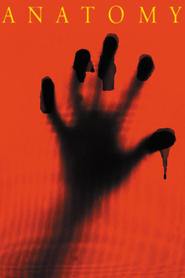 Medical student Paula wins a place...
Medical student Paula wins a place...Anatomy 2000
Medical student Paula wins a place at an exclusive Heidelberg medical school. When the body of a young man she met on the train turns up on her dissection table, she begins to investigate the mysterious circumstances surrounding his death.
 Erich Kasulke and Rudolf Portmann are...
Erich Kasulke and Rudolf Portmann are...Everything's a Lie 1992
Erich Kasulke and Rudolf Portmann are comedian stars of the former GDR. When the Wall falls, so does their success. Portmann becomes a successful businessman, while Kasulke tries to continue working on the comedy circuit - without success. When his wife also cheats on him, he decides to start a new life in Berlin. There he quickly meets his old friend Portmann, who has built up a huge company. He offers him a job. But Erich puts the entire company in danger...
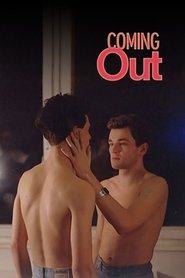 Philipp a closeted teacher is dating...
Philipp a closeted teacher is dating...Coming Out 1989
Philipp, a closeted teacher, is dating a female colleague to keep up appearances. One night he stumbles into a gay bar and falls for a man. Transformed by this love, he is no longer afraid to face up to who he is.
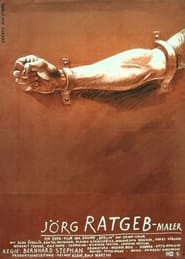 On the eve of the German...
On the eve of the German...Jörg Ratgeb, Painter 1978
On the eve of the German Peasants' Revolt, painter Joerg Ratgeb is occupied by a crisis of his own: finding a model for a Christ figure. He sets off on a journey to consult with his artistic role model, Albrecht Dürer. Although Ratgeb has always tried to stay out of the political conflict, his journey brings him face-to-face with peasant revolutionaries and the brutality and violence of their daily lives.
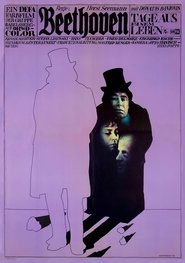 Vienna 18131819 Beethoven played by Donatas Banionis...
Vienna 18131819 Beethoven played by Donatas Banionis...Beethoven – Tage aus einem Leben 1976
Vienna, 1813-1819: Beethoven (played by Donatas Banionis) is at the peak of his fame. Orchestras all over the world play his music, but he lives modestly and is dependent upon private patrons. Nagged by his patronizing brothers, spied upon by officials for his republican beliefs and faced by his progressive hearing loss, the composer becomes more and more isolated. Seeman’s poetic film explores the joys, heartbreak and artistic spirit of the great composer as he works on his Ninth Symphony.
 In medieval Germany poor and witty...
In medieval Germany poor and witty...Till Eulenspiegel 1975
In medieval Germany, poor and witty Till Eulenspiegel fools and cheats citizens, churchmen, and landlords. Although in most cases he uses his wit for personal well-being, he often helps the poor and weak. Eventually, he gains an influential but also dangerous position as royal fool at the court of the emperor.
 This rather unconventional Western movie is...
This rather unconventional Western movie is...Ulzana 1974
This rather unconventional Western movie is set in the middle of the 19th century in Arizona. The film portrays an Indian tribe, the Mimbreno Appacheans, who are celebrating their Thanksgiving, building an irrigation plant, carrying on commerce, and trying to settle down in a rather constricted territory. But the confrontation with the white Americans changes their situation as the mercantile "gentlemen" want to prevent the Indian tribe to become independent from the white men′s business practices. Thus, they destroy the irrigation plant and chase the Indian tribe in an inhospitable territory where they cannot survive. Led by their chief Ulzana, the Appacheans thus start a bitter fight to preserve their habitat.
 The Fiery Arc tells of a...
The Fiery Arc tells of a...Liberation: The Fire Bulge 1970
The "Fiery Arc" tells of a grandiose battle on the Kursk Bulge in the summer of 1943. Here was the largest tank battle in the history of World War II. Along with the personal fate of the heroes, the film shows battle scenes, the activities of headquarters and intelligence, those who worked at the front and in the rear.
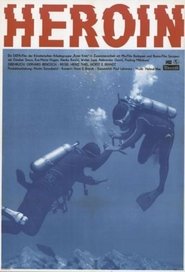 This East German movie was coproduced...
This East German movie was coproduced...Heroin 1968
This East German movie was co-produced with studios in Hungary and Yugoslavia, with many interesting location shots (border checkpoint to West Berlin, the Gellert bath in Budapest, and more). The plot is about French drug dealers, who obtain heroin somewhere in the Middle East, and smuggle it in several steps to East Berlin, and from there to France (or so it appears), killing when necessary. The hero is an officer of East German customs, who with detective work, some masquerade, and occasional violent action ultimately unravels the whole network, of course with the support of the local customs departments.
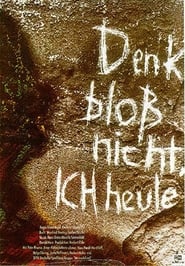 Highschool senior Peter considers the adults...
Highschool senior Peter considers the adults...Just Don't Think I'll Cry 1965
High-school senior Peter considers the adults around him to be hypocritical, self-congratulatory, and immersed in the past. He gets suspended for writing an essay that his teachers consider to be a challenge to the state. Just Don't Think I'll Cry became one of twelve films and film projects-almost an entire year's production-that were banned in 1965-1966 due to their alleged anti-socialist aspects. Although scenes and dialogs were altered and the end was reshot twice, officials condemned this title as "particularly harmful." In 1989, cinematographer Ost restored the original version, and this and most of the other banned films were finally screened in January 1990. Belatedly, they were acclaimed as masterpieces of critical realism.
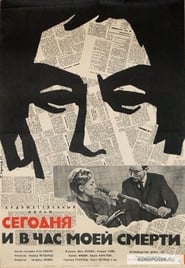 Ella Conradi a dedicated journalist from...
Ella Conradi a dedicated journalist from...Jetzt und in der Stunde meines Todes 1963
Ella Conradi, a dedicated journalist from Germany, is in Jerusalem to report about the trial against the Nazi criminal Eichmann. Disgusted by the monstrosities that are revealed, she eventually returns to Germany. There, she wants to cover common cases and trials again. Her first assignment is a murder trial against a man called Ralf Jordan who constantly maintains his innocence. Conradi, who believes Jordan and wants to help him, starts to investigate the case - and thus opens up a political can of worms. The backgrounds of the case reach back to the Nazi period and involve officials of the Third Reich, who in the meantime have returned to their powerful positions.
 Little Red RidingHood lives together with...
Little Red RidingHood lives together with...Rotkäppchen 1962
Little Red Riding-Hood lives together with her parents in a house on the edge of the forest. Her friends are a bunny, a squirrel and a bear. The little girl is always prepared to help, friendly, innocent and even unsuspecting, for she does not hold anyone capable of doing anything bad. Little Red Riding-Hood often visits her grandmother who lives in the depths of the forest. But her way there is a dangerous one: the wolf and its lackey, the fox, terrorize everyone with their evil deeds. One day, Little Red Riding-Hood is caught in their net.
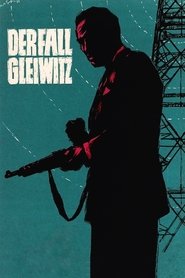 Reenacted true story of successful assault...
Reenacted true story of successful assault...The Gleiwitz Case 1961
Re-enacted true story of successful assault by Nazis, posing as Poles, on a German border radio station so that Hitler could "justify" thereby his invasion of Poland.
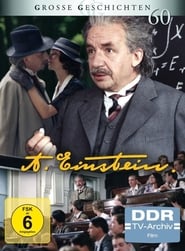 Two part movie about Einsteins escape...
Two part movie about Einsteins escape...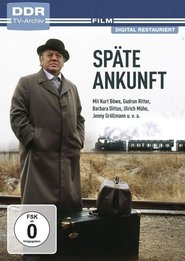 In 1896 the Berlin noble doctor Dr...
In 1896 the Berlin noble doctor Dr...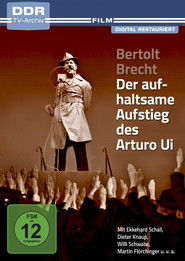
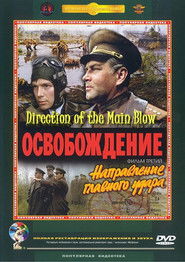 This five part epic war drama...
This five part epic war drama... Based on a true story of...
Based on a true story of...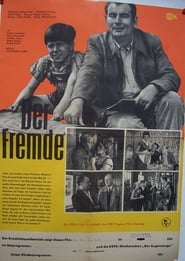
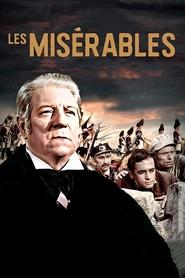 In 19th century France Jean Valjean...
In 19th century France Jean Valjean...